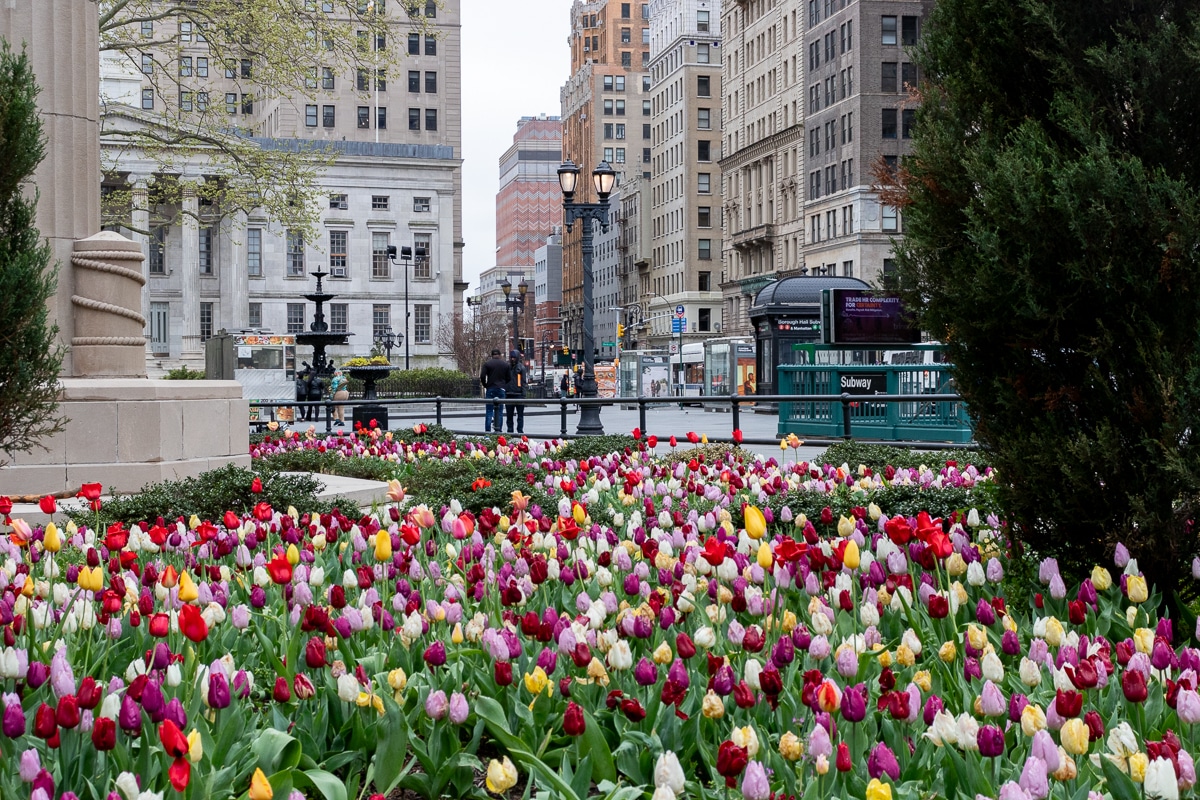Building of the Day: 255 Eastern Parkway
Brooklyn, one building at a time. Name: The Woodrow Wilson Apartments Address: 255 Eastern Parkway Cross Streets: Classon and Franklin Avenues Neighborhood: Crown Heights/Crow Hill Year Built: 1924 Architectural Style: Early Art Deco with Gothic details Architect: Shampan & Shampan Other buildings by architect: A great many six-story apartment buildings in most neighborhoods of Brooklyn,…

Brooklyn, one building at a time.
Name: The Woodrow Wilson Apartments
Address: 255 Eastern Parkway
Cross Streets: Classon and Franklin Avenues
Neighborhood: Crown Heights/Crow Hill
Year Built: 1924
Architectural Style: Early Art Deco with Gothic details
Architect: Shampan & Shampan
Other buildings by architect: A great many six-story apartment buildings in most neighborhoods of Brooklyn, especially Flatbush, Crown Heights, Prospect Heights, Park Slope, Brooklyn Heights and Cobble Hill.
Landmarked: No
The story: In a story highlighting new apartment buildings in the 1920s, the Brooklyn Eagle wrote, ”the highest standards of construction and architecture govern the apartment house enterprises today. To be successful they must be not only attractive in equipment and facilities, but beautiful in their exterior aspect.” The Woodrow Wilson was an example of the new apartment building, and a great example of the entire sociological phenomenon that was the middle class apartment building of the 1920s and 30s. In many ways, the Deco period was the Golden Age of the apartment building.
Photographs of Eastern Parkway in the first decades of the 20th century show a vast emptiness spreading eastward from Grand Army Plaza. The Brooklyn Museum stood proudly near the reservoir at Mount Prospect, but there wasn’t much going on around it yet. Across the parkway, empty lots stood, with just an occasional building here and there, an occasional mansion sitting by itself, or further out, near Nostrand Avenue, lines of limestone row houses. But by the mid to late 1920s, all that would radically change, as developers began building the grand apartment buildings that line Eastern Parkway.
The developers often gave the new apartment buildings names that evoked class and status, naming buildings after streets and buildings in England or France. They named buildings after famous Americans, the most popular being presidents, so it’s no wonder that a building built in 1924 would be named after Woodrow Wilson, the president who had just left office only three years before.
The architects of the Woodrow Wilson were brothers Joseph and Louis Shampan, working as Shampan & Shampan. They designed apartment buildings throughout Brooklyn and the Bronx, as well as on the Lower East Side. They also built factories and loft buildings in the Garment Center area. They were among a handful of important and very busy Jewish architects building 20th century New York, catering to the needs of a constituency that in two or three generations was moving out of the tenements of the Lower East Side, and moving on up and out into Upper Manhattan, the Bronx and much of Brooklyn. These building were made for them, and other like-minded middle class folk.
And the Woodrow Wilson was a great building. It was lauded as one of Eastern Parkway’s best new buildings, with a 24 hour doorman and all the modern conveniences. The location couldn’t be beat, with the Brooklyn Museum, the Botanic Gardens and Prospect Park only steps away. Plus the subway lines, which had only recently been extended under the parkway, had a stop on Franklin Avenue, where many different train lines converged.
Ads in the newspapers show the Woodrow Wilson to have available two-, three-, four-, five-, six- and seven- room apartments, the larger ones with a maid’s room and two bathrooms. The rents in 1924 ranged from $75 to $210 a month, higher than similarly sized apartments on Prospect Park West offered by the same management company. The apartments were touted to have all the best modern conveniences. The building originally had 100 units of varying sizes, and takes up over 137,000 square feet.
A building this size had all kinds of occupants who had all kinds of occupations and interests. Along with the doctors, accountants, school teachers, merchants, dentists and other professionals who lived here, there were some infamous incidents here, as several residents were either high profile criminals or the victims of a high profile crime. I’ll have to take those stories up at a different time.
Today the Woodrow Wilson is a highly desirable condominium, with 90 units. The location and amenities that helped make it so successful in the 1920s are still drawing people to the building, as the grandchildren of the residents who headed out to the suburbs in the ’40s and ’50s have come back to the city. Check out the grainy, but recognizable features of the Woodrow Wilson in 1924, when it was just completed, from a Brooklyn Eagle article. Most notable – there’s nothing on either side of the building. GMAP













What's Your Take? Leave a Comment